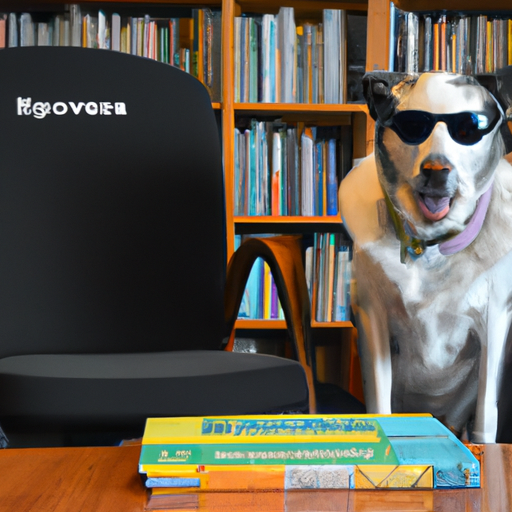Understanding Canine Vision
Dogs, just like us, are susceptible to vision loss and blindness. But how do they wind up with this condition? To answer that, you first need to understand how canine vision works. Dogs don’t see the same way we do. Their vision is adapted to suit their primal needs, like hunting. They see better in dim light and are more sensitive to movement.
But, similar to humans, dogs’ eyes are made up of intricate components like the cornea, lens, retina, and optic nerve. Any damage or disease affecting these parts can impair vision or lead to blindness.
Common Causes of Blindness in Dogs
Several factors can cause vision loss or blindness in your furry friend. Some of the common ones include:
- Cataracts: An opacity in the lens, blocking light from reaching the retina.
- Glaucoma: A condition characterized by increased pressure in the eye, leading to optic nerve damage.
- Progressive Retinal Atrophy (PRA): A group of genetic diseases leading to the degeneration of the retina.
- Sudden Acquired Retinal Degeneration Syndrome (SARDS): A disease causing rapid vision loss, generally within a few weeks.
- Diabetes: High sugar levels can damage the blood vessels in the retina, a condition known as diabetic retinopathy.
With age, the chances of these conditions occurring increase, leading to a higher risk of blindness.
Symptoms to Look Out For
It’s important to observe your dog for any signs of vision loss. These symptoms might include:
- Bumping into furniture or walls
- Difficulty finding toys or food bowls
- Hesitation while climbing stairs or jumping on furniture
- Changes in the eyes’ appearance
- Excessive blinking or squinting
If your dog shows any of these signs, it’s crucial to consult a vet immediately. Early detection can help manage the condition better or even prevent blindness.
Treatment and Management
While not all causes of blindness are treatable, many can be managed to ensure your dog’s quality of life doesn’t suffer. Treatment options can range from medication to surgery, depending on the cause. For instance, cataracts can be removed surgically, while glaucoma might be managed with medication.
In case your dog does go blind, it’s important to know that they can still lead happy lives. Dogs adapt remarkably well to blindness, using their other senses to navigate their world. As a caregiver, you can aid this transition by keeping their environment consistent and providing them with plenty of mental stimulation.
Preventive Measures
Preventing blindness in dogs largely involves regular vet check-ups and a healthy lifestyle. Regular exercise, a balanced diet, and avoiding exposure to harmful substances can go a long way in maintaining your dog’s overall health, including their vision.
| Measures | Description |
|---|---|
| Regular Vet Check-ups | Early detection of any health issues, including those affecting vision. |
| Balanced Diet | Ensures your dog gets all the necessary nutrients for eye health. |
| Regular Exercise | Helps maintain overall health and prevent diseases like diabetes. |
| Avoid Harmful Substances | Exposure to certain toxins can cause eye damage. |
FAQ
Q: Can dogs live a normal life even after going blind?
A: Yes, dogs can adapt well to blindness and continue to live a fulfilling life with proper care and management.
Q: What are the signs of a dog going blind?
A: Signs include bumping into things, difficulty finding toys or food, changes in the eyes’ appearance, and excessive blinking or squinting.
Q: Can blindness in dogs be cured?
A: This depends on the cause. Some conditions like cataracts can be cured with surgery, while others like PRA cannot. However, many conditions can be managed with proper care.



